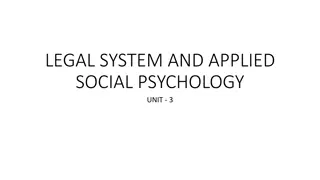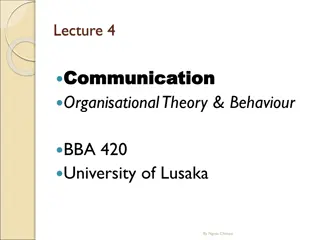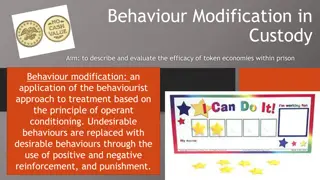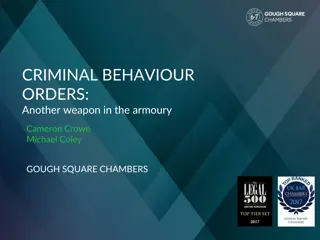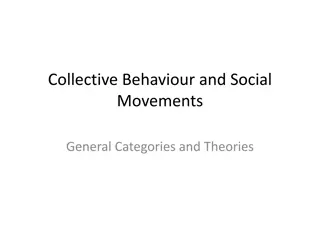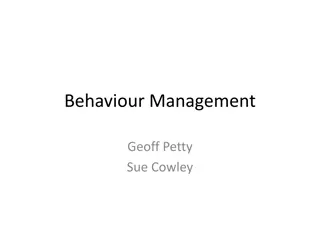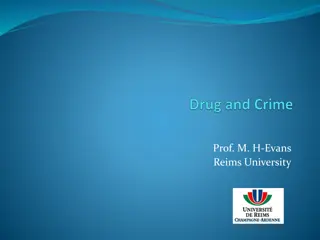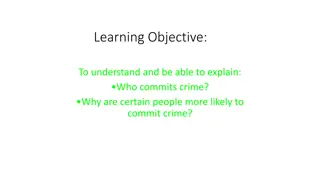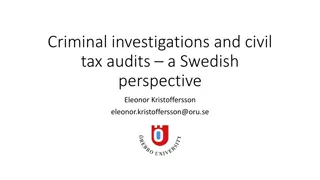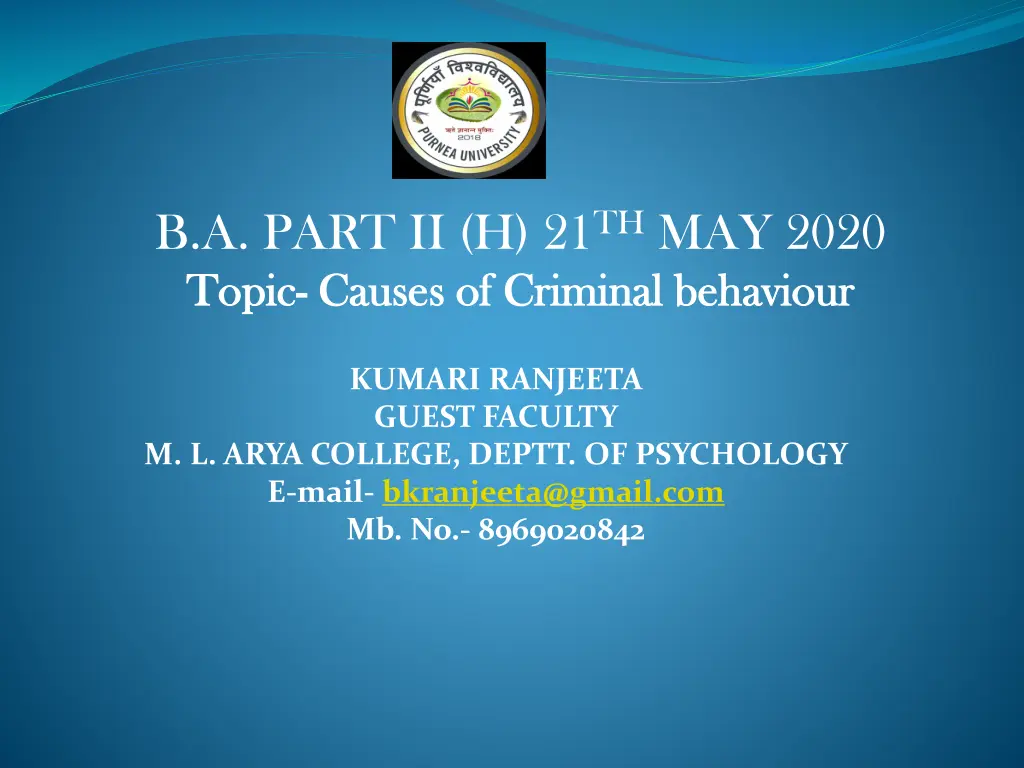
Understanding the Causes of Criminal Behavior
Explore the various factors contributing to criminal behavior, including anti-social values, criminal peers, anti-social personality traits, dysfunctional family dynamics, low self-control, and substance abuse. Gain insights into the assessment process and strategies for supervising individuals with criminogenic traits to promote positive outcomes.
Download Presentation

Please find below an Image/Link to download the presentation.
The content on the website is provided AS IS for your information and personal use only. It may not be sold, licensed, or shared on other websites without obtaining consent from the author. If you encounter any issues during the download, it is possible that the publisher has removed the file from their server.
You are allowed to download the files provided on this website for personal or commercial use, subject to the condition that they are used lawfully. All files are the property of their respective owners.
The content on the website is provided AS IS for your information and personal use only. It may not be sold, licensed, or shared on other websites without obtaining consent from the author.
E N D
Presentation Transcript
B.A. PART II (H) 21TH MAY 2020 Topic Topic- - Causes of Criminal Causes of Criminal behaviour behaviour KUMARI RANJEETA GUEST FACULTY M. L. ARYA COLLEGE, DEPTT. OF PSYCHOLOGY E-mail- bkranjeeta@gmail.com Mb. No.- 8969020842
21 MAY 2020 B.A. PART II (H) PAPER III,UNIT IV (UNDERSTANDING DEVIANT BEHAVIOUR) CAUSES OF CRIMINAL BEHAVIOUR Anti-social values: This is also known as criminal thinking. It includes criminal rationalization or the belief that their criminal behavior was justified. Individuals possessing this trait often blame others for their negative behavior, and show a lack of remorse. Criminal Peers: Individuals with this trait often have peers that are associated with criminal activities. Most are often involved with substance abuse including drugs or alcohol. Peer influence often persuades the individual to engage in criminal behavior. They will also typically present with a lack of pro-social community involvement.
21 MAY 2020 B.A. PART II (H) PAPER III,UNIT IV (UNDERSTANDING DEVIANT BEHAVIOUR) Anti-social personality: These traits often include atypical behavior conducted prior to the age of fifteen and can include, running away, skipping school, fighting, possessing weapons, lying, stealing and damage to either animals or property. Dysfunctional family: One of the most common traits includes a lack of family support, both emotionally and otherwise. An individual s family lacks the ability to problem solve and often is unable to communicate effectively. Family members often don t possess the ability to express emotions in an appropriate manner. More often than not, they are also involved with criminal activity.
21 MAY 2020 B.A. PART II (H) PAPER III,UNIT IV (UNDERSTANDING DEVIANT BEHAVIOUR) Low self-control: This involves one s ability to control temperament and impulsivity. People that carry this trait often do things that they didn t plan, and will fail to think before acting. The mindset is of the here and now, and not on the consequences of the behavior. Substance abuse: The use of drugs or alcohol that significantly affect one s ability to engage in a successful and productive lifestyle. There is often an increased tolerance to substances, in addition to an inability to stop use.
21 MAY 2020 B.A. PART II (H) PAPER III,UNIT IV (UNDERSTANDING DEVIANT BEHAVIOUR) A normal assessment process can take approximately sixty day to complete; any more or less can lead to inaccurate results that may be skewed. Once an officer has an idea of the risk level and has identified the criminogenic traits involved, they can begin the supervision using appropriate tactics that will help motivate the individual to be successful, but also hold them accountable by using appropriate sanctions to correct negative behavior during the entire course of supervision.






